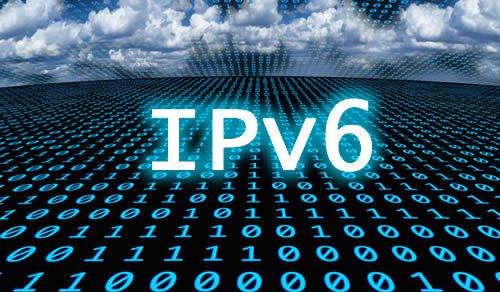Related Courses
Enhance your knowledge with these recommended courses

IPv6 Zero to Hero Course
IPv6 Theory and Design training course. This is the only IPv6 self-paced learning course that covers the most important IPv6 topics at an affordable cost.
$49
View CourseBecome an Instructor
Share your knowledge and expertise. Join our community of instructors and help others learn.
Apply Now
About the Author
JasonLake
I'm a network engineer who works for 8 years in the industry. I am trying to help people through my blogposts. Welcome to my blogs.
Share this Article
Subscribe for Exclusive Deals & Promotions
Stay informed about special discounts, limited-time offers, and promotional campaigns. Be the first to know when we launch new deals!